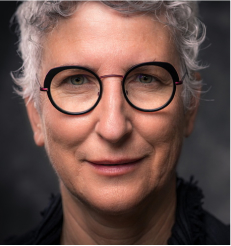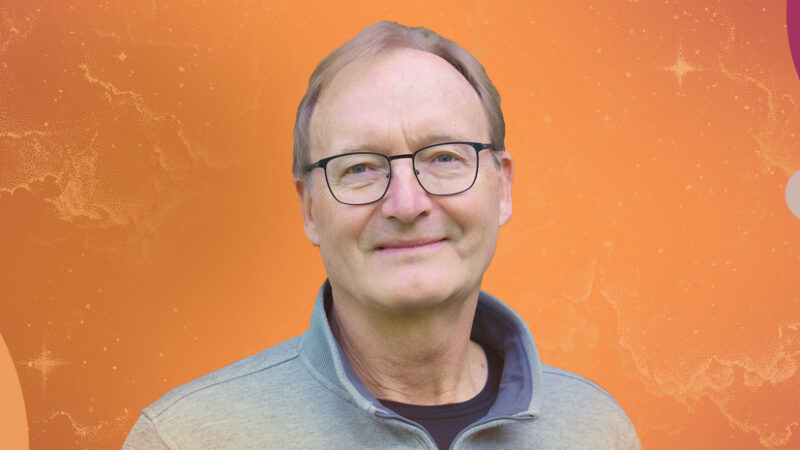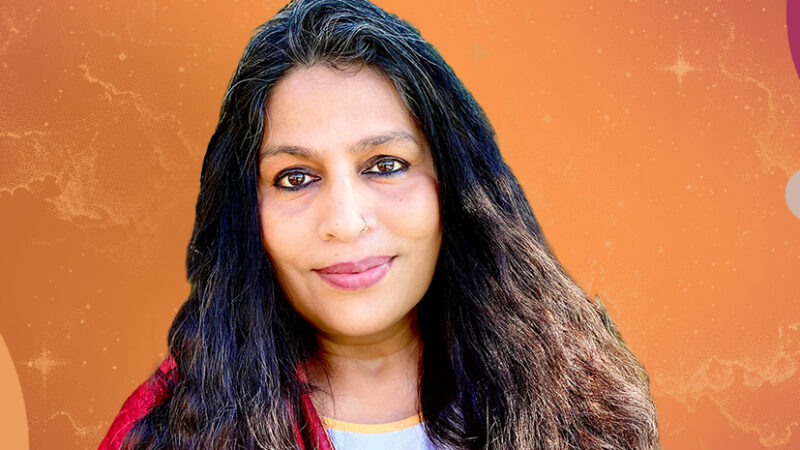Andrew Holecek is an author and spiritual teacher whose longtime study of Buddhism blends ancient wisdom with contemporary knowledge and insights. He is renowned for his expertise in lucid dreaming and the Tibetan yogas of sleep and dream. With Sounds True, he has published the books Dream Yoga: Illuminating Your Life Through Lucid Dreaming and the Tibetan Yogas of Sleep and Dreams of Light: The Profound Daytime Practice of Lucid Dreaming. In this episode of Insights at the Edge, Andrew and Tami Simon discuss his latest book, including: the traditional three-step approach to the practice of illusory form, seeing the world in a more authentic way and connecting to what’s real, uncovering the roots of human suffering, the intersection of neuroscience and the world’s wisdom traditions, and much more.








